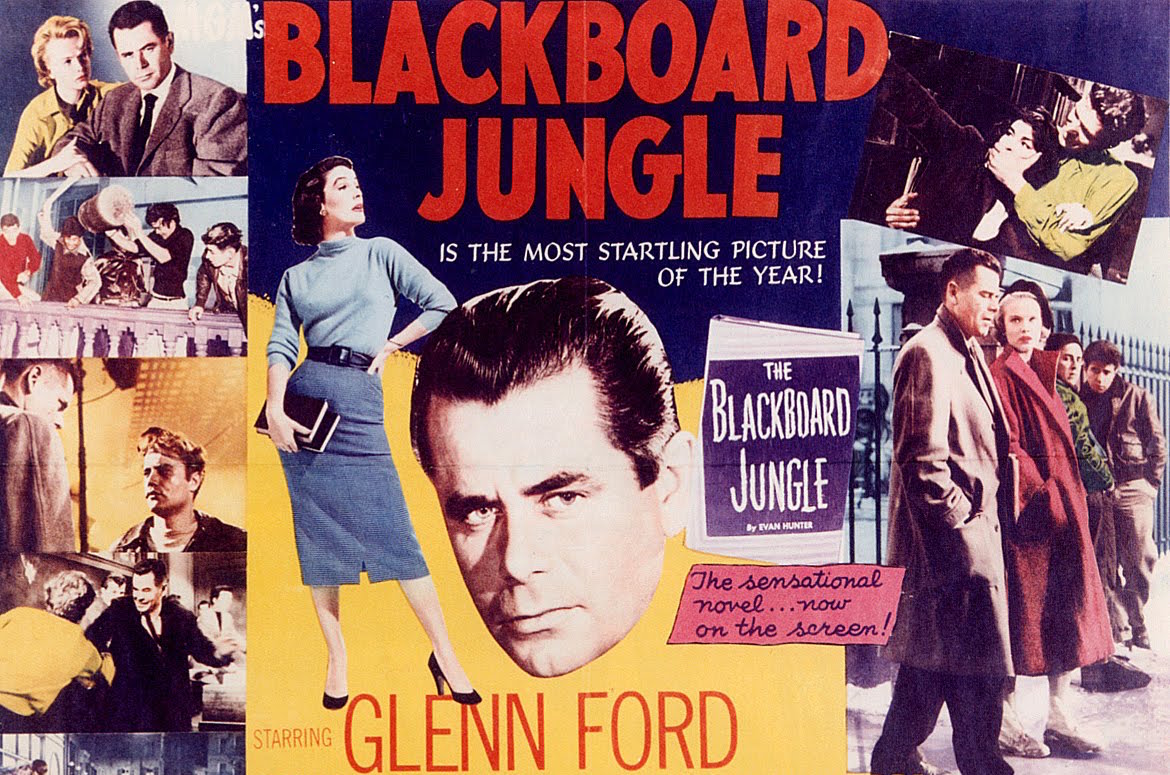
Interview: Derek Thompson, Author of 'Hitmakers'
One of the key points in your book about the tension of creating a ‘Hit’ relates to the concept of MAYA: “most advanced yet acceptable”, can you explain a little about what this means?
One of the most important tensions in culture is between neophilia—a love of new things, of discovery—and neophobia—a fear of anything too new. By definition, every new product never existed before. But consumers more reliably respond positively to patterns that they recognize, songs that are familiar, ideas that safely click into their existing theories of the world. Raymond Loewy, the father of industrial design, summarized this tension with his acronym MAYA. He said to sell something familiar, make it surprising; and to sell something surprising, make it familiar.
You mention an interesting point about ‘familiarity’ in relation to Spotify’s Discovery Weekly service, how does this back up the MAYA concept?
Spotify’s Discover Weekly service is a playlist of 30 new songs that automatically downloads to a user’s phone or computer each Monday. Originally, the company wanted all of the songs to be new. But a bug in the algorithm accidentally let slip through some songs that users had heard before. So they fixed the bug—and engagement collapsed. It turned out that having familiar music in a playlist that was supposed to be all about discovery made the product more popular.
 Blackboard Jungle (1955)
Blackboard Jungle (1955)
You reference how Bill Halley’s ‘Rock around the Clock’ only gained traction when it defined a generation in the movie Blackboard Jungle. How important is the sense of capturing a cultural movement in defining a hit?
It’s impossible to listen to Rock Around the Clock today and not tap your foot. But when it originally came out as a B-side in 1954, it was widely ignored. It didn’t sell well at all. One of the few thousand people who bought the record, however, was the young son of a Hollywood actor who was filming a new movie called Blackboard Jungle. When the director visited their home, he borrowed the record, liked the song as an expression of teenage danger, and put it in the movie. It was only then, after the release of Blackboard Jungle, that the song became one of the biggest hits of the 1950s—and, ultimately, of the entire 20th century. It’s important to remember these stories, not only to appreciate the luck inherent in many hits, but also to see that exogenous factors like marketing and distribution are critical to the ultimate success of the product.
It is always a good idea to advertise a new product as fitting snuggly and familiarly into your consumers’ lives and habits
In terms of marketing, Is there a tangible link between receptiveness to a brand’s product and the pre-awareness of an entertainment association?
It depends on the product. What people want to know is whether a product they haven’t used before is “good.” But good is an awfully vague idea. So we use proxies. One proxy is our friends: Do they like it? Another proxy is popularity (hence the appeal of “bestselling”). Another proxy is branding and emotional appeals. But advertising mostly works when people don’t know much about the product. If you’ve had Derek’s Fried Chicken and you know it’s bad, there is no ad campaign that will persuade you. But since people tend to like that which is safe, familiar, and easily processed, it is always a good idea to advertise a new product as fitting snuggly and familiarly into your consumers’ lives and habits.
Your book takes an interesting view on the buzz word ‘viral’, why do you think this term is so widely misinterpreted in the marketing and entertainment industry?
Viral has become a shorthand for “that idea got popular really quickly and I don’t know how.” But in disease literature, viral means spreading over many generations of intimate sharing. That’s not, in fact, how most ideas spread. They spread mainly through diffuse broadcasts, which are amplified by intimate “viral” sharing. This is an important distinction because lots of ideas that seem to be purely viral—like, say, fake news in 2016—often turns out to have a significant broadcast component, like alt-right information brokers and Russian propagandists. When you hear that something has gone viral, you shouldn’t trust that it spread organically, like the measles. Instead, think: If there is a “dark broadcast” at play here, where is it? Why am I seeing this? Who wanted me to see it? We should treat viral content as dark broadcasts—reaching many many people from a handful of obscured sources.
The reason stories like ‘Star Wars’ work, I think, is that they have the right combination of relatability and aspiration
 Star Wars: The Force Awakens
Star Wars: The Force Awakens
You discuss in your book how George Lucas effectively crowd-sourced the concept of Star Wars from a number of pre-existing cultural reference points. Do you think there a thematic recipe for success that we are naturally drawn to?
I like to avoid terms like recipe and formula which imply a kind of mathematical simplicity to creating products with broad appeal. That said, there is clearly something very special about certain templates of storytelling, like the “hero’s journey” at the heart of Star Wars (and Harry Potter, and The Hobbit, and The Matrix…). The reason these stories work, I think, is that they have the right combination of relatability and aspiration. The hero starts off “just like us” only to become the champion of his or her respective world. Isn’t that, deep down, what all of us want from ourselves, or our kids? To think that lurking within our ordinary nature is something extraordinary?
Marketers should think about this: Am I selling to a group that values popularity and safety, or to a group that values the thrill of discovery?
One part of the ‘hit’ phenomenon that interests me, is the life cycle of a hit, that moment when things that were successful transition into cliché through saturation or repetition. What is happening during this transition and what does it say about the way we consume content?
Different people have different “tastes” for popularity. Some people like things because they’re popular; others hate things because they’re popular. Most of us are in the middle. This distribution means that, for any given product, there will be early adopters with a high taste for discovery (low taste for popularity) and then as the product becomes more mainstream, these early adopters may feel less ownership over the product, and might abandon it as those with higher tastes for popularity adopt it. What does this say about human beings? It says that although everybody gravitates to products that appealingly balance familiarity and surprise, different consumers have different tastes for familiarity. Marketers should think about this: Am I selling to a group that values popularity and safety, or to a group that values the thrill of discovery?
If you’re interested in reading more, ‘Hit Makers: How Things Become Popular’ is available here.
